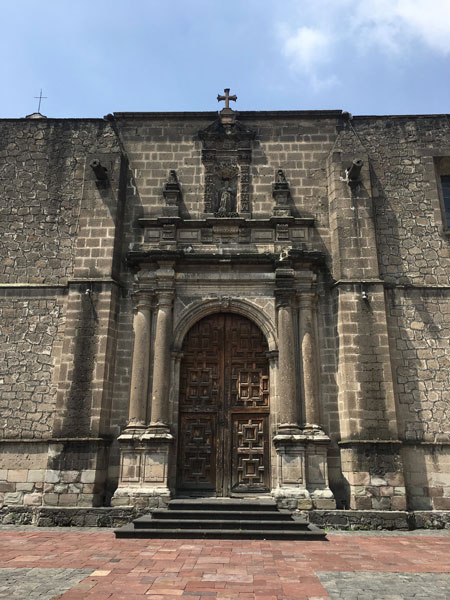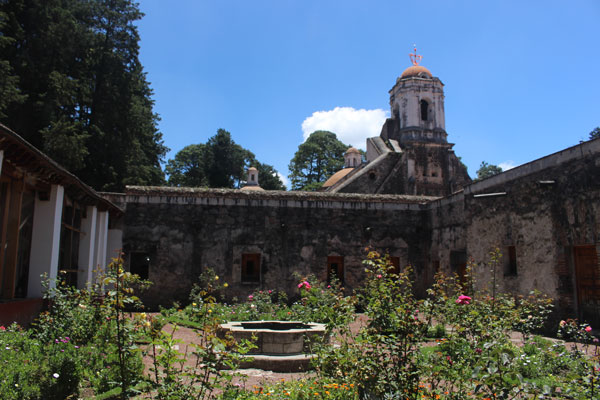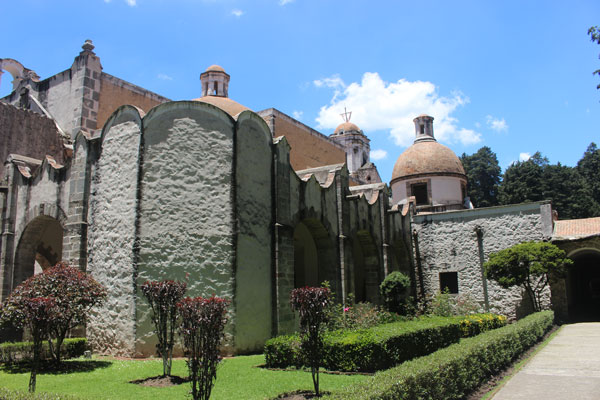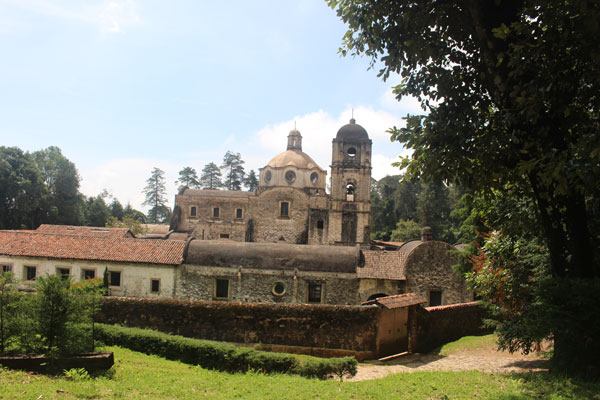-
Membership
Membership
Anyone with an interest in the history of the built environment is welcome to join the Society of Architectural Historians -
Conferences
Conferences
SAH Annual International Conferences bring members together for scholarly exchange and networking -
Publications
Publications
Through print and digital publications, SAH documents the history of the built environment and disseminates scholarshipLatest Issue:

-
Programs
Programs
SAH promotes meaningful engagement with the history of the built environment through its programsMember Programs
-
Jobs & Opportunities
Jobs & Opportunities
SAH provides resources, fellowships, and grants to help further your career and professional life -
Support
Support
We invite you to support the educational mission of SAH by making a gift, becoming a member, or volunteering -
About
About
SAH promotes the study, interpretation, and conservation of the built environment worldwide for the benefit of all
2017 Edilia and François-Auguste de Montêquin Report
INTRODUCTION
According to tradition, the Carmelite Order was founded in the twelfth century at the summit of Mount Carmel in northern Palestine. The order soon expanded to Europe and became one of the most revered eremitic organizations of the Middle Ages. In the early modern period, the order thrived in Spain, reformed by two of its most exalted mystics, SS. John of the Cross and Theresa of Avila. In 1585, the first twelve Carmelite monks traveled to New Spain (as Mexico was known during its viceregal period), taking their revered spiritual tradition of inner reflection and spirituality with them. Once in New Spain, the Carmelite order founded a number of—mostly urban—convents characterized by their refined architecture, such as the San Ángel Monastery in southern Mexico City. Two of their monasteries, however, were destined to be hermitages—or desiertos, as they were known at the time, a reference to the eremitic tradition of the early Christian Desert Fathers—and were constructed in unpopulated, remote locations in central Mexico; intended for select friars to embark on solitary confinement and prayer, a tradition that was central to the order’s philosophy. The first hermitage, built in the early seventeenth century, is located in Cuajimalpa, in the outskirts of Mexico City, in the middle of the Desierto de los Leones State Park, and although it is close to one of the biggest megalopolises in the world, the park’s thick-forested acreage provides the monastery with dramatic topography and lush vegetation, very much as it did four centuries earlier (Figure 1). In the early eighteenth century, however, the friars moved their location to an even more secluded location, some 62 miles (100km) southwest of Mexico City, in the vicinity of the small town of Tenancingo (present-day Mexico State), a rugged and heavily forested site which remains, in the twenty-first century, a location that appears hardly altered by modernity (Figure 2).

Fig. 1. A general view of the grounds at Desierto de los Leones monastery, Cuajimalpa, Mexico. Photo by Juan Luis Burke.

Fig. 2. A view of the Carmelite hermitage monastery complex, Santo Desierto del Carmen (left) and its environs, the monastery was built in the early nineteenth century. Photo by Juan Luis Burke.
THE 2017 EDILIA AND FRANÇOIS-AUGUSTE DE MONTÊQUIN FELLOWSHIP
I was awarded the 2017 Edilia and Francois-Auguste de Montequin Fellowship in order to conduct on-site research on the hermitage monasteries of the Carmelite Order in Mexico. My research adventure began when I traveled to Mexico City on May 26th, 2017, and visited the San Alberto monastery, a former Carmelite complex, which serves nowadays as the Carmelite Order of Mexico’s archive (Figure 3). I had previously contacted the archive director, Father José de Jesús Orozco OCD, who was extremely amiable and open to sharing with me all the information he could summon regarding the architectural aspects of both monasteries. I was thus able to consult and document an invaluable amount of information, most of it primary sources, on the historical and architectural aspects of the monasteries.

Fig. 3. A side entry at San Alberto monastery’s church building. The San Alberto monastery complex now houses the Carmelite Order of Mexico’s historical archive. Photo by Juan Luis Burke.
The second part of my trip was spent traveling to the monasteries themselves. I planned a car trip to visit both remote locations over the course of four days. Since lodging at the Desierto de los Leones is limited, I stayed in Mexico City and drove to the Desierto de los Leones twice over two days, visiting the convent and carrying out photo and sketch documentation (Figure 4-5). I then traveled to Tenancingo, Estado de México, little over 60 miles from Mexico City. The Convento del Carmen is in a very remote location and the road from Mexico City to Tenancingo, via Cuernavaca, was in harsh conditions, traversing heavily mountainous and remote areas (Figure 6). I lodged at the small town of Tenancingo and visited the convent over a whole day. Interestingly, the Tenancingo convent is still in use and Carmelite friars still inhabit the complex, very much as they did in the eighteenth century. Given the convent is dedicated to spiritual contemplation, the friars do not allow access to the most intimate parts of the convent, but other areas are open to the public (Figure 7).

Fig. 4. A view of one of the cloisters at the Desierto del Carmen hermitage monastery, in the Desierto de los Leones Park, outside of Mexico City. Photo by Juan Luis Burke.

Fig. 5. A general view of the church building at Desierto de los Leones Carmelite Monastery. Photo by Juan Luis Burke.

Fig. 6. The bell tower of the Santo Desierto del Carmen monastery’s church building, half hidden by the surrounding vegetation. Photo by Juan Luis Burke.

Fig. 7. A general view of the Santo Desierto del Carmen in Tenancingo, Mexico. Photo by Juan Luis Burke.
THE RESEARCH PROJECT
My project will conduct a scholarly investigation articulated by the architectural history of these two monastic complexes, with an interdisciplinary approach that will place a great deal of attention in contextualizing these buildings within the history of the monastic tradition in New Spain. From the writings of SS. John of the Cross and Theresa of Ávila, to contemporaneous accounts by the Carmelite Order, my study incorporates the study of the most accomplished architect of the Order, Friar Andrés de San Miguel and his built and theoretical work. My project reveals the architectural history concerning a unique and understudied branch of eremitic monasticism in the Americas, highlighting its direct connections to early Christianity and Medieval monastic practices, the sole instance of which is located in Mexico, and ultimately contributing to the architectural and intellectual history of early modern New Spain. These initials visits, which will be followed by subsequent visits to these sites and others, such as the San Ángel Monastery in Mexico City, have tremendously advanced the material with which to launch my research project.
EXPRESSION OF GRATITUDE TO THE EDILIA AND FRANCOIS-AUGUSTE DE MONTEQUIN FELLOWSHIP AND TO THE SOCIETY OF ARCHITECTURAL HISTORIANS
As a final note, I would like to profusely thank the Edilia and François-Auguste de Montêquin Fellowship and the Society of Architectural Historians, for granting me the junior award in its 2017 iteration, and, in general, for supporting the study of Ibero-American architectural history, an understudied area of research that should deliver fruitful benefits to the field of architectural history.


Leave a commentOrder by
Newest on top Oldest on top